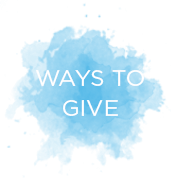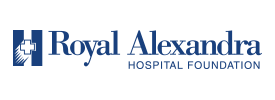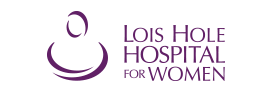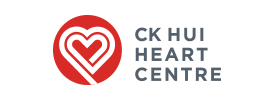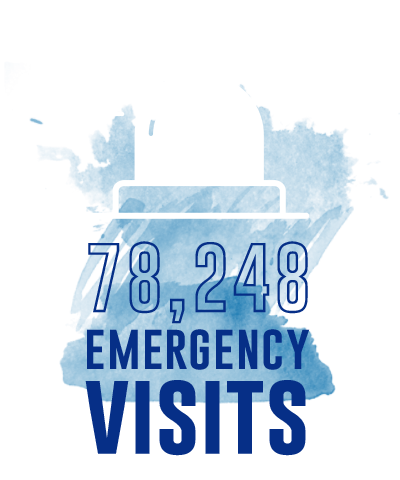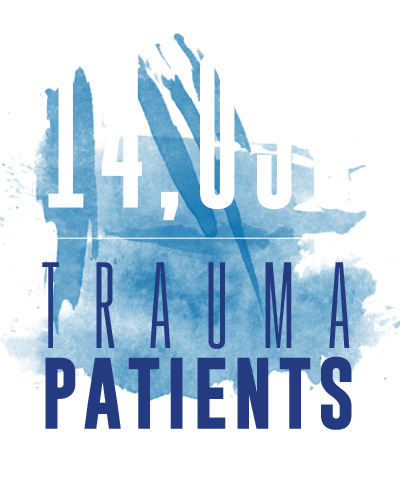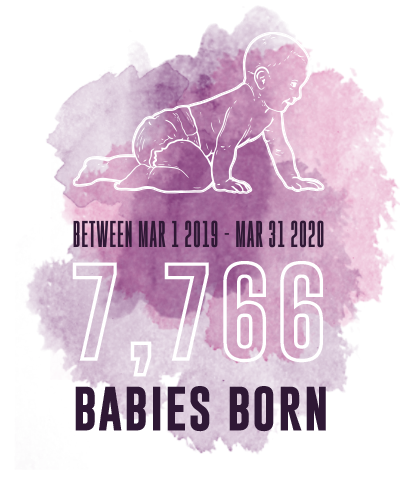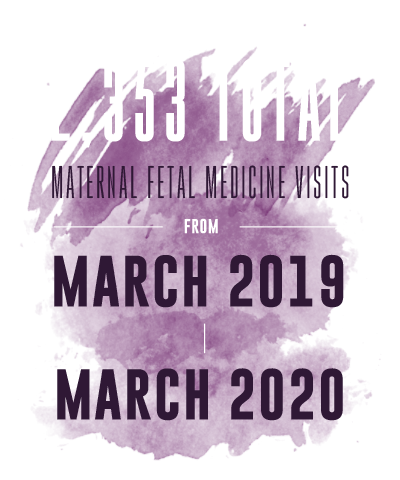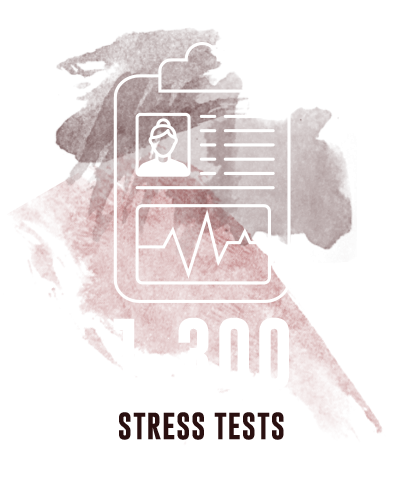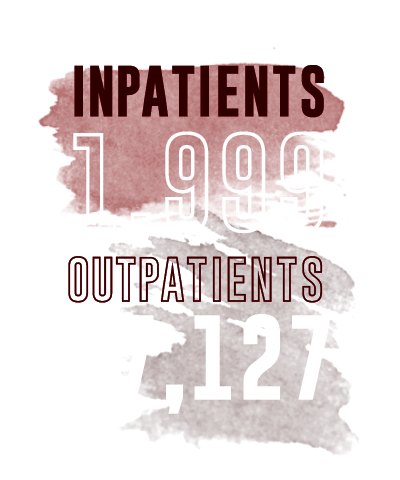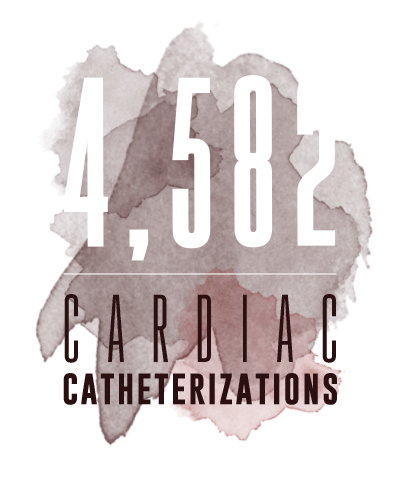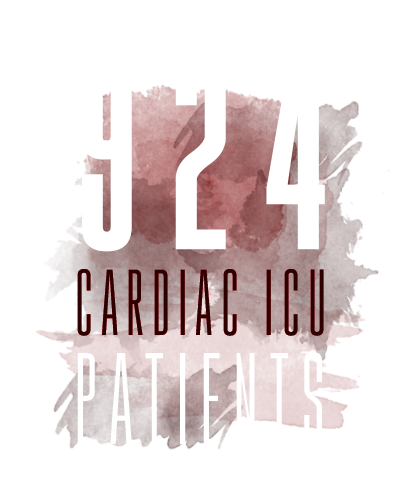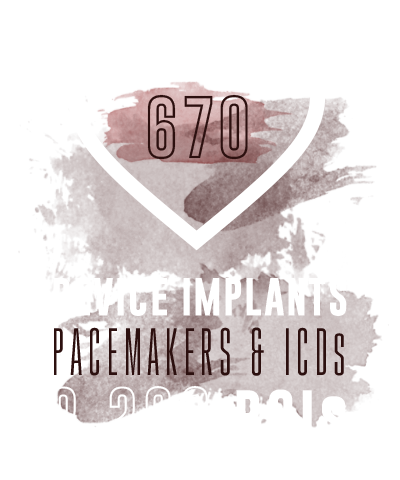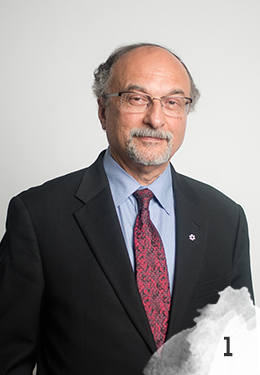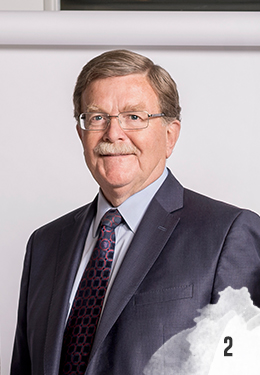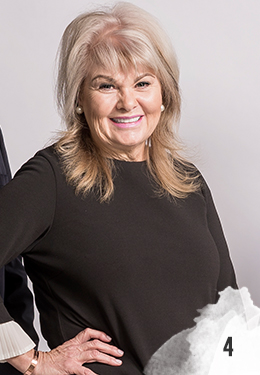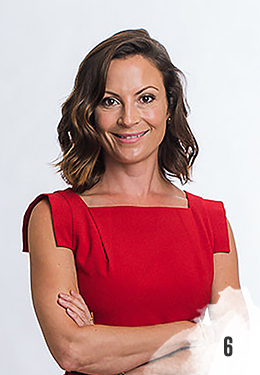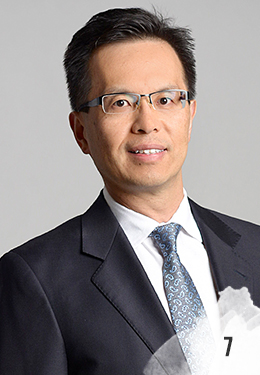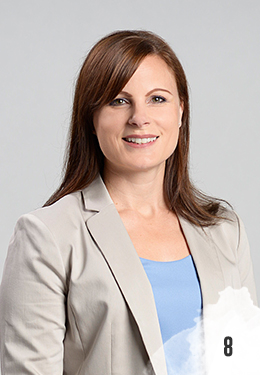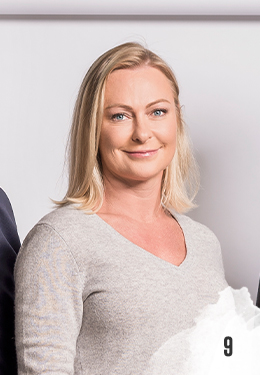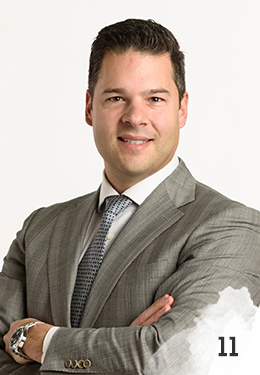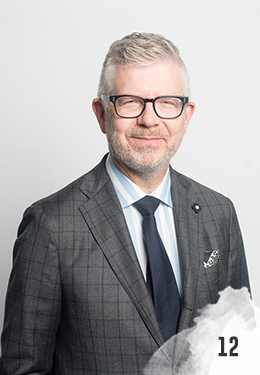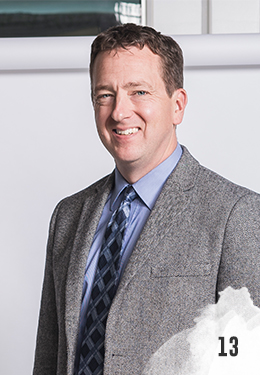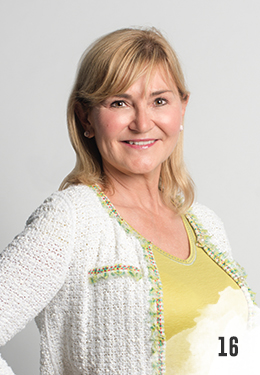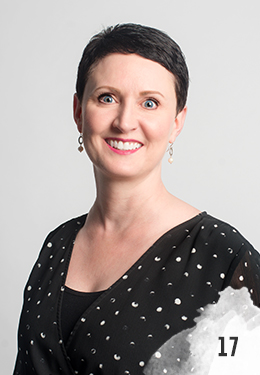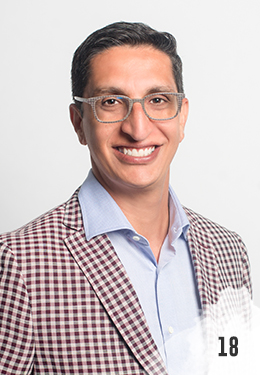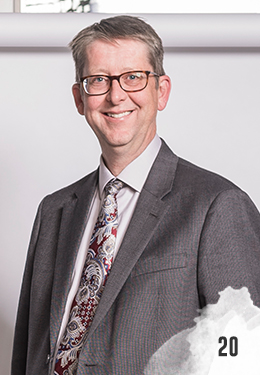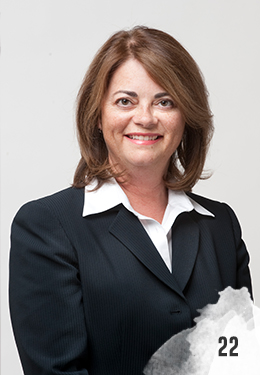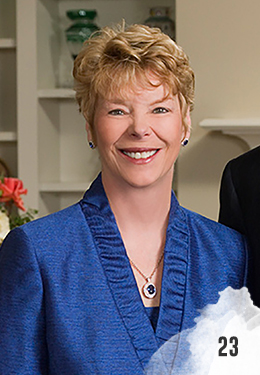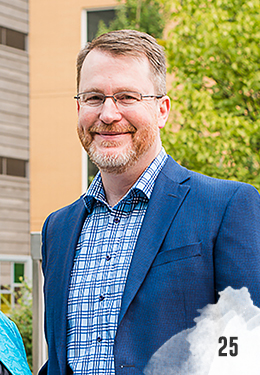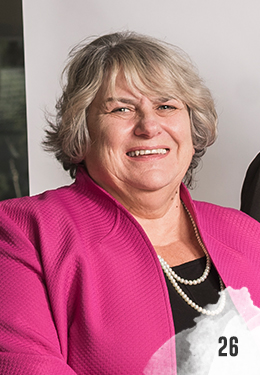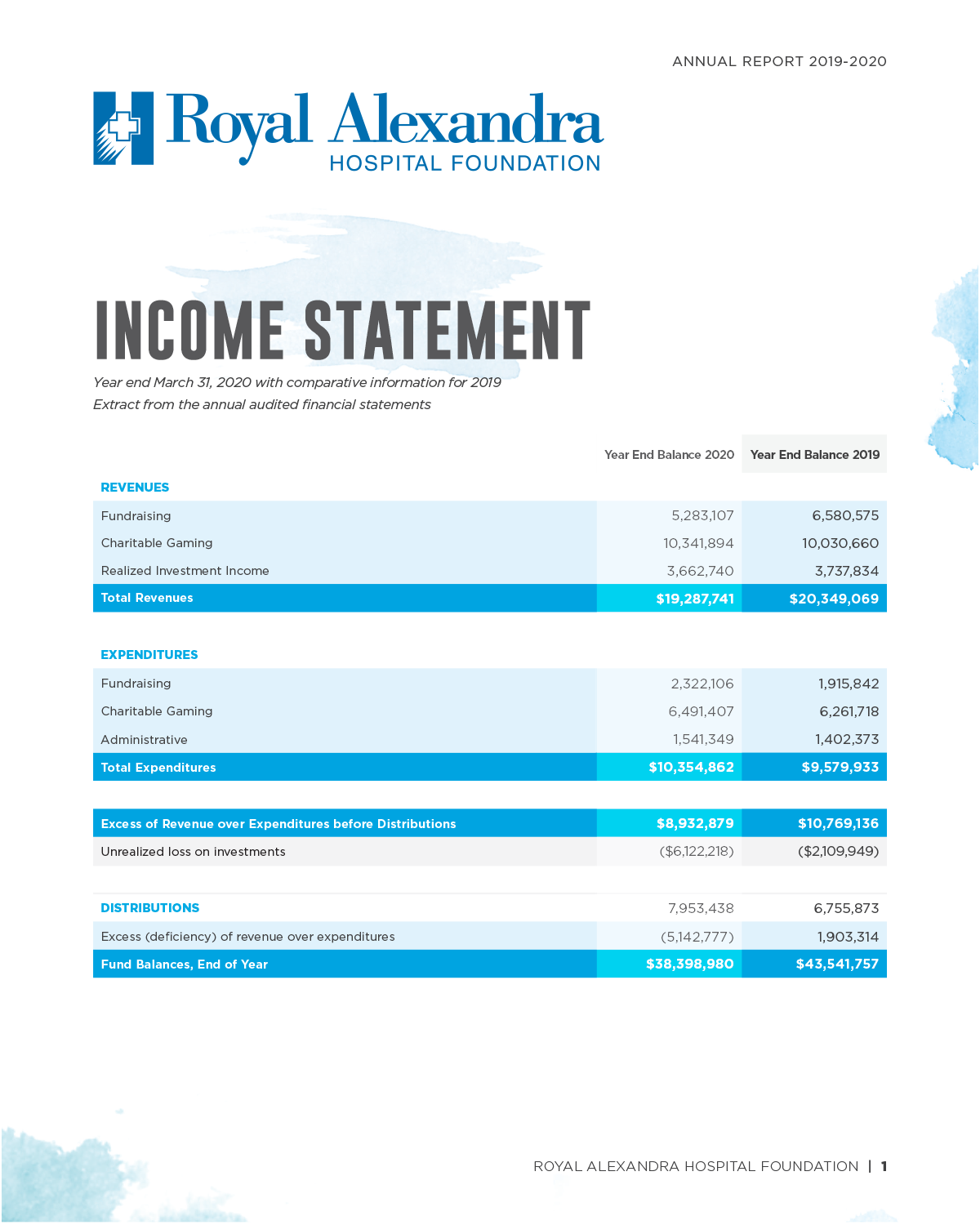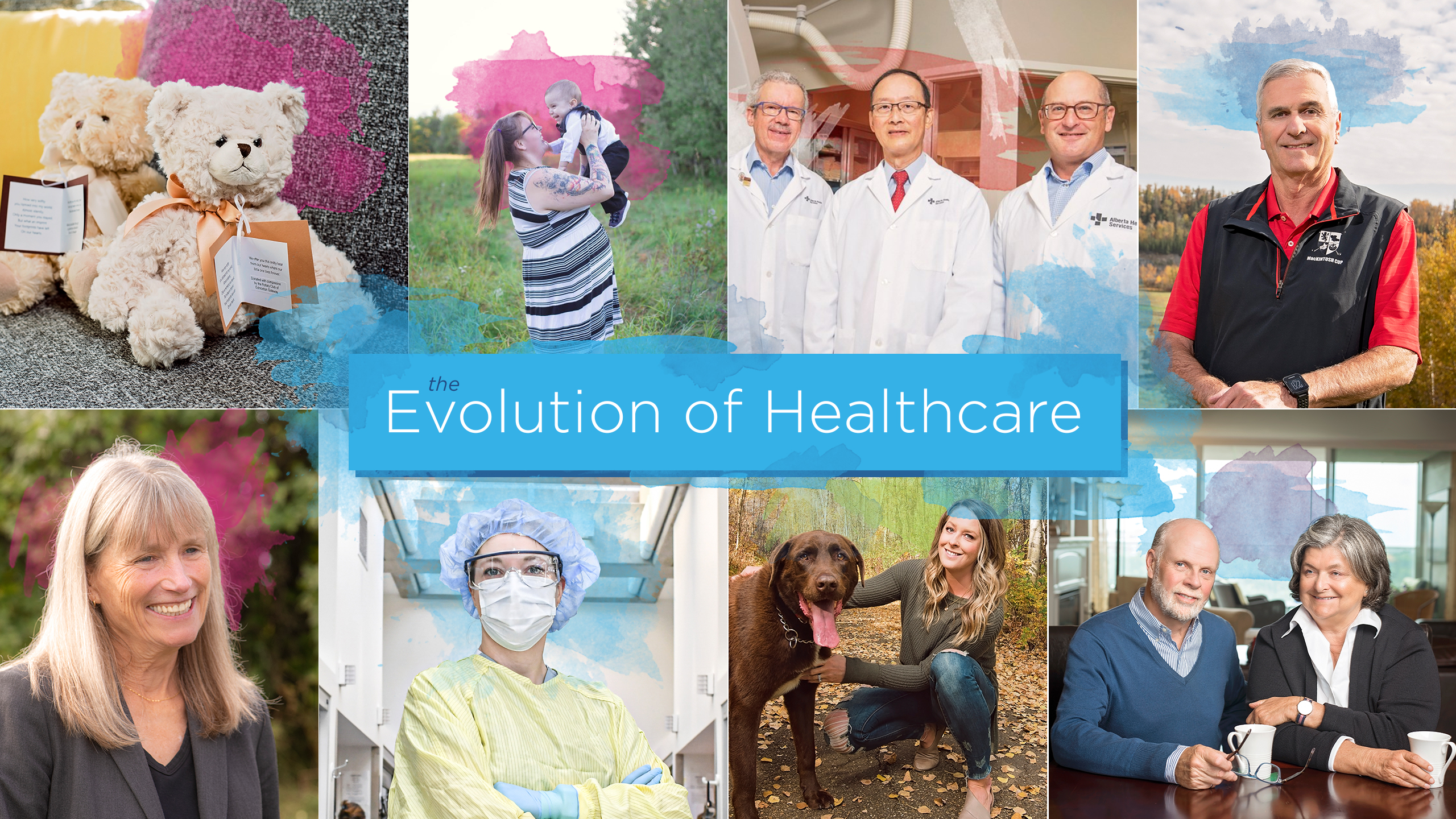
OUR PROMISE TO DONORS
DISTRIBUTION OF DONOR FUNDS
MISSION
Inspiring community support for the Royal Alexandra Hospital and its medical centres of excellence, including the Lois Hole Hospital for Women, the CK Hui Heart Centre, the Eye Institute of Alberta and the Orthopedic Surgery Centre.
VISION
Improving the health of Albertans by building passionate community support for the Royal Alexandra Hospital.
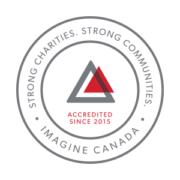
The Royal Alexandra Hospital Foundation is accredited by Imagine Canada for excellence and compliance in five key areas of operations: Board Governance, Financial Accountability and Transparency, Fundraising, Staff Management, and Volunteer Involvement.
WHAT’S INSIDE
An Evolving Virus, Evolving Care
Continuing the March Toward Improved Healthcare
Sometimes the Sharpest Tools are Sharper Images
A New Provincial Bedrock for Women’s Health
Gathering Research Across Canada
No Empty Arms
Caring Across Communities
Bringing Health Matters Home for All
A Decade of Heart Health Leadership
Hearing a Heartbeat from Near or Far
Seeing the Bigger Picture
VALUES
EXCELLENCE
We will never use the words ‘good enough’, and we’re not afraid to start over if it means a superior outcome.
INNOVATION
While we appreciate the value of tried and true methods, we’re also comfortable turning current thinking upside down.
INTEGRITY
Doing the right thing in the right way is the norm, not the exception. This means the little things, when no one is watching, and the big things, when no one can look away.
RESPECT
We give it freely and equally to all people whom our organization touches.
STRONG RELATIONSHIPS
We are always transparent about our goals and objectives when working with others.
STEWARDSHIP
We say thank you often, and in many ways. We know that donors could choose to support any charity – but they’ve chosen this hospital, and they should feel good about doing so.
ROYAL ALEXANDRA HOSPITAL
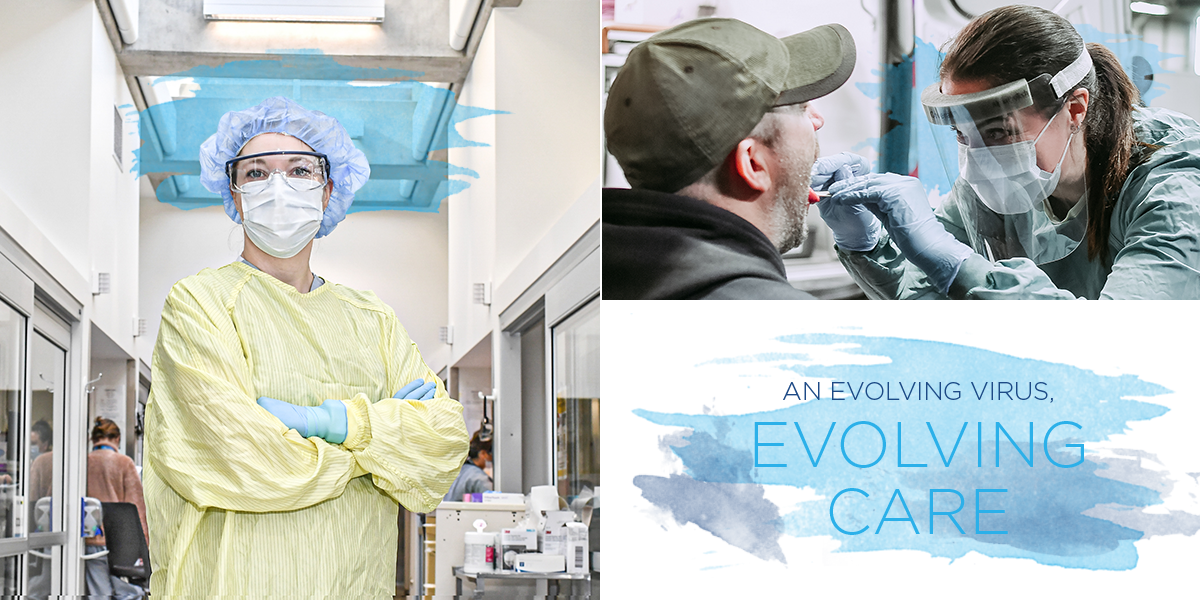
Royal Alex team members face the new reality of care measures during the COVID-19 pandemic.
THE IMPACT OF THE COVID-19 PANDEMIC has been hard on most Albertans, but few have seen it from Dr. Ken Stewart’s vantage point. As Facility Medical Director and surgeon at the Royal Alexandra Hospital, he’s been on the front lines of a battle he never expected to wage. “I’ve never seen anything like this,” he said.
And while the virus has already changed the way hospitals like the Royal Alexandra function and feel on a day-to-day basis, Stewart thinks it will have more lasting consequences. “When I look back to see how things changed after the Spanish flu in 1918, and other pandemics historically, it really did have pretty significant impacts on how everything worked, from fashion to how people lived. And I think we’re going to experience something similar here.”
That will include the way we receive health care services—and the way people like Dr. Stewart deliver them. The impact of COVID-19 protocols, and the need to provide care without any unnecessary physical contact, has driven some significant advances in telehealth. “Without exaggeration, I’d say we’ve probably done in five or six months what would have taken five years,” Dr. Stewart said. “The patients want it, and the physicians have wanted to do it. Where we’ve had trouble in the past is plodding through issues of privacy and a few other things.”
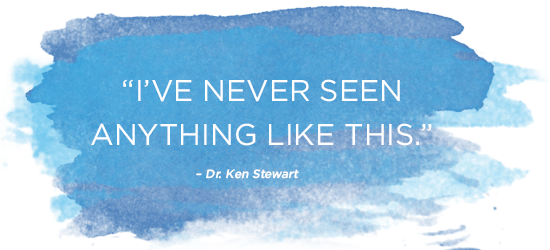
By replacing in-person consultations and conversations with digital or telephone-based alternatives, hospitals have been able to save everyone time—and potentially a lot of money for the system as a whole. “I think that’s really going to have an impact on how we administer health care in Canada,” Dr. Stewart said.
The Royal Alexandra Hospital has played host to a number of important trials and studies that will have long-lasting impacts on how COVID-19 is best managed and treated. For example, it’s part of national trials that focus on so-called “directive treatments,” like hydroxychloroquine, Remdesivir, and the application of steroids. It has also enrolled patients in studies that focus on a broader spectrum of respiratory conditions and seek to understand the longer-term consequences of various interventions. “That helps us when we’re talking about all realms of prevention,” he said.
These sorts of lessons may be one of the more enduring silver linings in the otherwise dark clouds of COVID-19. But make no mistake, those clouds are still there. The rituals that marked the early phase of the pandemic, like the nightly banging of pots and pans that many people used to show their appreciation for front-line workers, may have faded, but Dr. Stewart says we’re still closer to the end of the beginning than the beginning of the end.
Even with an effective vaccine, the long-term health-care impacts of the virus and its economic fallout will be a challenge and this is precisely why the primary care facilities dealing with those effects, like the Royal Alexandra Hospital, still need support. “All of the changes that are happening within care need support, and a lot of this isn’t within the operating budgets of what we do in terms of providing care,” said Dr. Stewart. “The entire Edmonton zone can’t function without the Alex and donors to the Royal Alexandra Hospital Foundation continue to play a critical role in the hospital’s ability to provide the best care.”
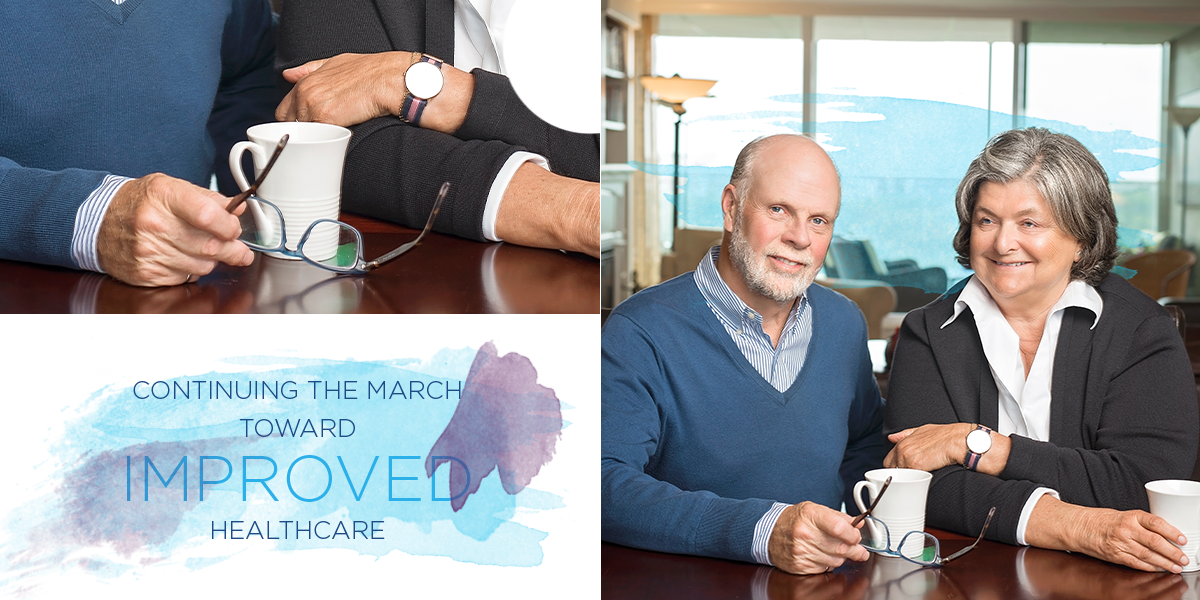
Long-standing Royal Alexandra Hospital Foundation donors, John and Ewa Burton.
EWA BURTON HAD DIABETES FOR DECADES when, in 2001, she started receiving treatment at Royal Alexandra Hospital’s Diabetic Foot Clinic. She instantly fell in love with the facility and everyone who worked there. “They were kind, informative, and always so supportive,” she said.
One day, in 2014, Ewa noticed that the clinic needed proper examination lamps. When the staff mentioned the hospital currently didn’t have the funds to purchase new ones, Ewa and her husband, John Burton, instantly offered to donate to cover the cost of equipment. Since then, Royal Alexandra has enjoyed a fruitful philanthropic relationship with the couple.
Ewa and John Burton have been married for more than 50 years. They met in Montreal while studying at McGill University. They moved to Edmonton in 1968, when John got a job with the provincial government, and despite some short stints in Arizona and New York, they’ve stayed there ever since. “We worked hard, adopted two kids, and everything just kept getting better and better,” said Ewa. Ewa taught travel and tourism at MacEwan University for 20 years, and John started his own real estate development company, Avatex Developments Inc., in 1976.
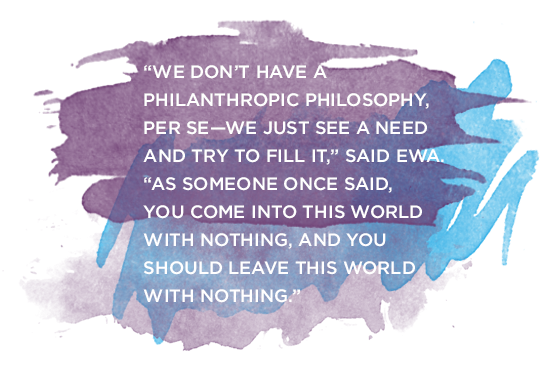
Since the Burtons’ examination lamp donation, the couple has helped fund larger purchases, such as a CT scan machine and, most recently, many new iPads to help patients and their families, as well as doctors and nurses, communicate during the COVID-19 pandemic.
The Burtons are incredibly generous at the holidays. Every Christmas, Ewa asks the nurses at the foot clinic what’s on their wish list. Usually, it’s something simple, like toe pressure gauges, which Ewa and John gladly fund.
PIERRE CREVOLIN WAS DIAGNOSED WITH A CANCEROUS MASS ON HIS KIDNEY IN 2019. Traditionally in such cases, surgeons make a large incision and remove tissue, mostly fat, until they can access the kidney, locate the mass, and remove it.
But a newer option is for surgeons to perform robotic-assisted laparoscopic surgery, a procedure that is much less invasive. In this procedure, surgeons make small incisions and insert a camera and a few instruments inside the patient’s body, showing the best route to the kidney and locating the cancerous mass much more precisely.
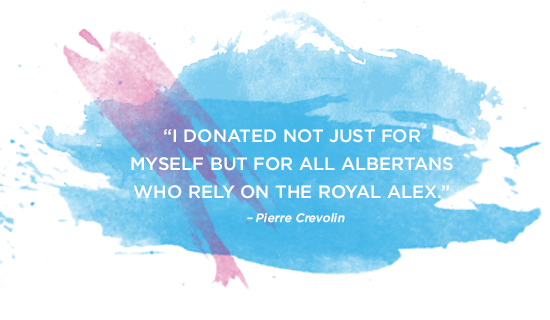
Pierre chose robotic-assisted laparoscopic surgery, but there was a problem. The procedure required an intraoperative ultrasound—a dynamic imaging machine that shows doctors high-resolution pictures during surgery—used in conjunction with a da Vinci robotic surgery assistant. Unfortunately, the only intraoperative robotic ultrasound in Alberta was located in Calgary and had a one-to two-year waitlist. “I didn’t want to wait that long with that mass in me,” Crevolin said.
Pierre could have gone to the United States to have the surgery. Instead, he decided to help the Royal Alexandra Hospital Foundation buy the necessary equipment. The total cost of the intraoperative robotic ultrasound was $200,000. Through established funds and additional fundraising, the foundation combined with Pierre’s gift of $75,000, reached its goal.
“It’s an extraordinary piece of equipment,” said Dr. Howard Evans, a urological surgeon who has been on staff at the Royal Alex for 16 years. “I expect the hospital will be able to perform anywhere between 120 and 150 surgeries a year with this piece of equipment,” Dr. Evans said, adding that the equipment can be used on patients with tumours on other organs as well. “That’s an extraordinary outcome for an investment of $200,000.”
Pierre had his robotic-assisted laparoscopic surgery completed at the Royal Alex last July, and within three days, he was pain-free. Six weeks later, he was back on the golf course. “I donated not just for myself but for all Albertans who rely on the Royal Alex,” he said.
LOIS HOLE HOSPITAL FOR WOMEN
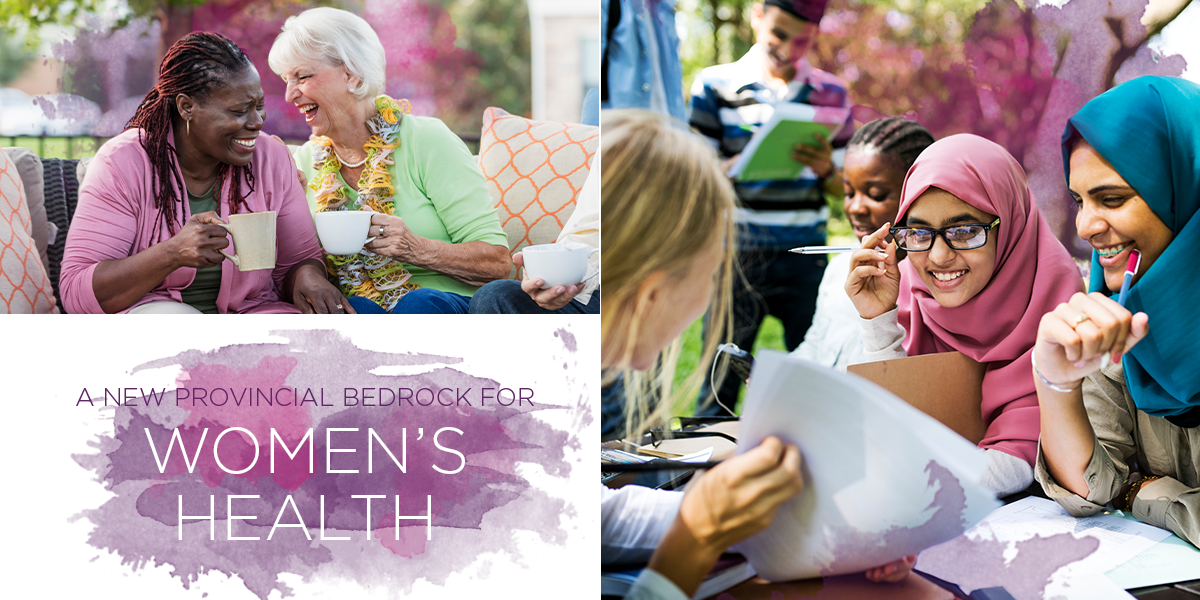
Closing gaps in women’s health begins with a commitment to research.
ONE LONGSTANDING FOCUS OF THE ROYAL ALEXANDRA HOSPITAL FOUNDATION is advancing and advocating for women’s health. Over the past decade, the foundation has supported Alberta’s only dedicated women’s hospital, the Lois Hole Hospital for Women. Now, the new Alberta Women’s Health Foundation is poised to greatly extend this vital work.
“It’s a charitable health brand that seeks to meet the increasing need for funding related to women’s health initiatives and close gaps that exist in women’s health knowledge, research, and care,” said Sharlene Rutherford, President and CEO of the Royal Alexandra Hospital Foundation, which inaugurated the new provincial charity in September.
The launch of the foundation comes at a critical time, as the COVID-19 pandemic is amplifying health inequities faced by women. “Women make up 90 per cent of nurses and the majority of ancillary health workers, such as cleaners, admin staff, and food-service workers,” Rutherford said.
While work puts some women on the frontlines of the pandemic, others face adverse impacts from the isolation measures in place to prevent the virus’s spread. According to the Canadian Women’s Foundation, compared to men, women see an increased risk of gender-based violence, more economic stress, an increased burden of caregiving and housework, as well as reduced access to support services.
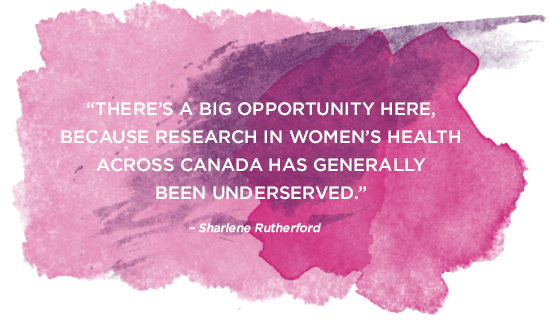
“There are areas of women’s health where we just don’t know what we don’t know,” she added. Researchers have traditionally used results of studies that included only men, then extrapolated those results to women. This approach ignores the many differences between men’s and women’s bodies, including how menstrual cycles, menopause, and pregnancy affect women’s health. She cited the example of heart health: for years, heart attack symptoms in women were dismissed and not properly recognized, because their symptoms did not match those of the baseline initially established for men.
“All of these inequities can lead to dramatic impacts on the health of women and girls,” Rutherford said. To address such inequities, the Alberta Women’s Health Foundation relies on research and partnerships. The foundation supports the Women and Children’s Health Research Institute (WCHRI), Canada’s only research institute dedicated to women’s and children’s health. It also partnered with the University of Calgary to establish and fund the Lois Hole Hospital for Women Cross-Provincial Chair in Perinatal Mental Health.
Additionally, the Alberta Women’s Health Foundation is a partner in a new national organization, the Women’s Health Collective Canada. This collective includes the Women’s College Hospital Foundation and B.C. Women’s Health Foundation. These various initiatives will build awareness, funds, and long-term support for women’s health research across Canada.
“A partnership approach is essential because it amplifies the impact of our health foundations, and we’re able to break the barriers holding us back from providing women with equitable health care and health research,” Rutherford said. “We bring resources and fundraising together to address the gaps that we can’t tackle on our own.”
Gathering Research Across Canada

Dr. Sandra Davidge, Executive Director, Women and Children’s Health Research Institute, shares the critical role women’s health research has to play in the overall health landscape and how many of the projects underway could be transformative for generations of women in the future.
What is the Women and Children’s Health Research Institute?
It’s Canada’s only research institute dedicated to women and children and perinatal health, meaning around birth. We have more than 450 researchers committed to expanding knowledge in these areas. We don’t hire these researchers—we’re the institute that provides the infrastructure to support the research undertaken by our members.
What is your research focus?
I’m a Canada Research Chair in Maternal and Perinatal Cardiovascular Health and a researcher that studies high-risk pregnancies. What we study is a condition called “preeclampsia,” where women have high blood pressure in their pregnancy. We’re trying to understand better about the mechanisms by which this occurs, and we’re developing—still at the discovery phases—ways to treat the placenta to have better outcomes for the mother and also for the developing child.
Why is support from the Alberta Women’s Health Foundation important to you, in your roles as both Executive Director and researcher?
We have great strength in women’s health and women’s health research here in Edmonton because we have a foundation that supports it. The new pan-Alberta Foundation will expand on the work already underway to fill urgent gaps in women’s health research, an area historically underfunded and sometimes nonexistent. Excellent health outcomes are the direct result of ongoing investment in health research.
The creation of this new foundation proves we have the infrastructure and the support to attract and retain the best talent, including our next generation of researchers and students, so it’s fundamental. Donors are passionate about women’s health and women’s health research, and that, to me as executive director of the Women and Children’s Health Research Institute, has been most satisfying. It’s getting to know the community members that are passionate about improving women’s health.
What’s next for women’s health research in Canada?
Even though we are closing the gap in women’s health research and fostering equity in women’s health, it’s essential to recognize that women are still underrepresented in research.
There are specific and unique health needs for women that need focus. We’re excited about the national initiatives we’re working on from the research angle. In addition to the provincial Alberta Women’s Health Foundation, the larger Women’s Health Collective Canada is looking at the funding support to help women across Canada and beyond, and we’re looking to do the research to provide the answers to have better health outcomes.
When we partner with our sister organizations across Canada, it allows us to do more to expand our capacity. Together we have a stronger voice. Together we can advocate making sure that women’s health is at the forefront of everything we do.
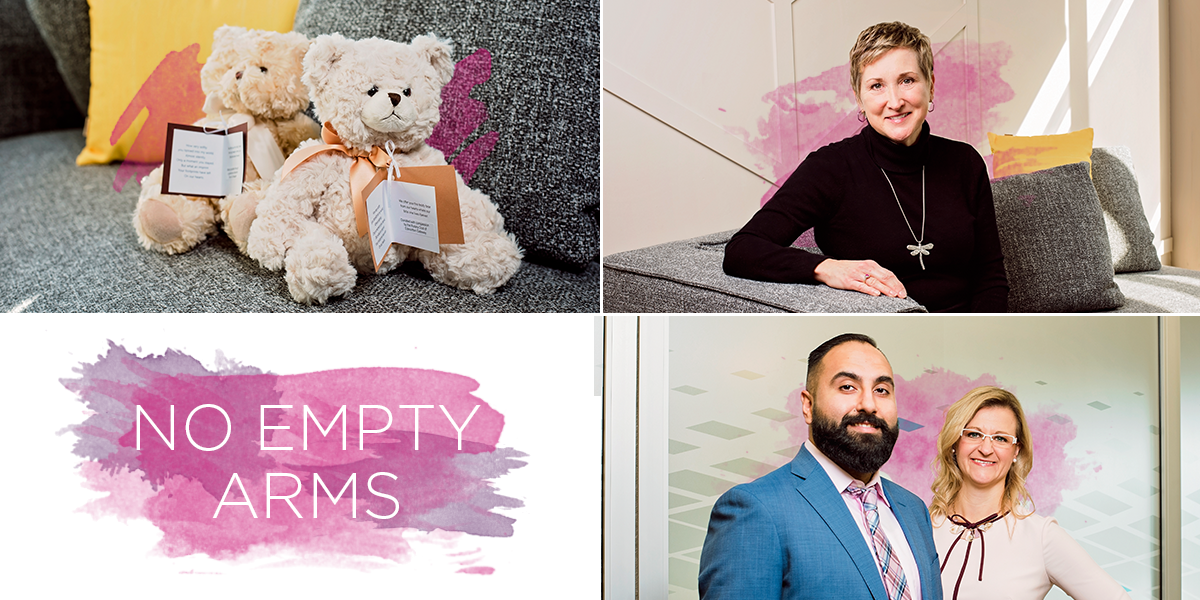
IG Wealth Management, represented here by Pav Aujla (left) and Tara Schneider (right), and the Rotary Club, represented here by Cindy Davis (top), came together to support grieving families from across northern Alberta.
FEW THINGS IN LIFE ARE WORSE THAN THE LOSS OF A PREGNANCY OR NEWBORN INFANT — a fact Patti Walker faces daily. As the regional bereavement coordinator at the Lois Hole Hospital for Women since 2007, she helps counsel women and families who have had a reproductive event. One of the ways she does this is by creating memento boxes for the families. These boxes can contain several items, from handprints and footprints of the child to photographs to memorial candles. One of the most special mementoes the bereavement program provides to families is a teddy bear. “It never replaces the baby,” says Patti, “but it represents them, so the family doesn’t have to leave the hospital with empty arms.”
Typically, the hospital holds several teddy bear drives throughout the year, but the pandemic made the usual ways funding and donations are received impossible. Sonam Aujla, a Lois Hole delivery nurse who is also part of the bereavement team, knew this. So when her husband Pav, an associate consultant at IG Wealth Management, came home one day and asked her for ideas on where his team to make their annual charitable donation, she immediately suggested they help buy teddy bears. “This program is something that hits home,” Sonam said. “Putting together and being able to give families a memory box filled with personalized moments is comforting.”

Pav ran the idea by his team, who wholeheartedly offered their support. “Given that friends of mine have gone through that type of loss, and knowing what Sonam goes through daily, it was an automatic ‘Absolutely,’” said Tara Schneider, the lead financial advisor at Pav’s office. “I made the donation myself on behalf of my team, and then IG had money allocated corporately for charitable donations and was able to match us.”
The teddy bear drive received further help from the local Rotary Club. “My wife, Debbie Lambert, works with the Royal Alexandra Hospital Foundation as a funeral director, looking after burying children who were born and died at the hospital,” said Rotarian Steve Lambert. “She mentioned to me that the foundation needed some bereavement bears. So I thought I’d talk to my Rotary Club. It seemed to be a perfect use of our funds.”
Together, IG and the Rotarians raised $5,000 for the program. “We went from having nearly no bears at all to a point where no family will ever leave here without a bear,” said Patti. “It’s hard to describe how healing it can be.”
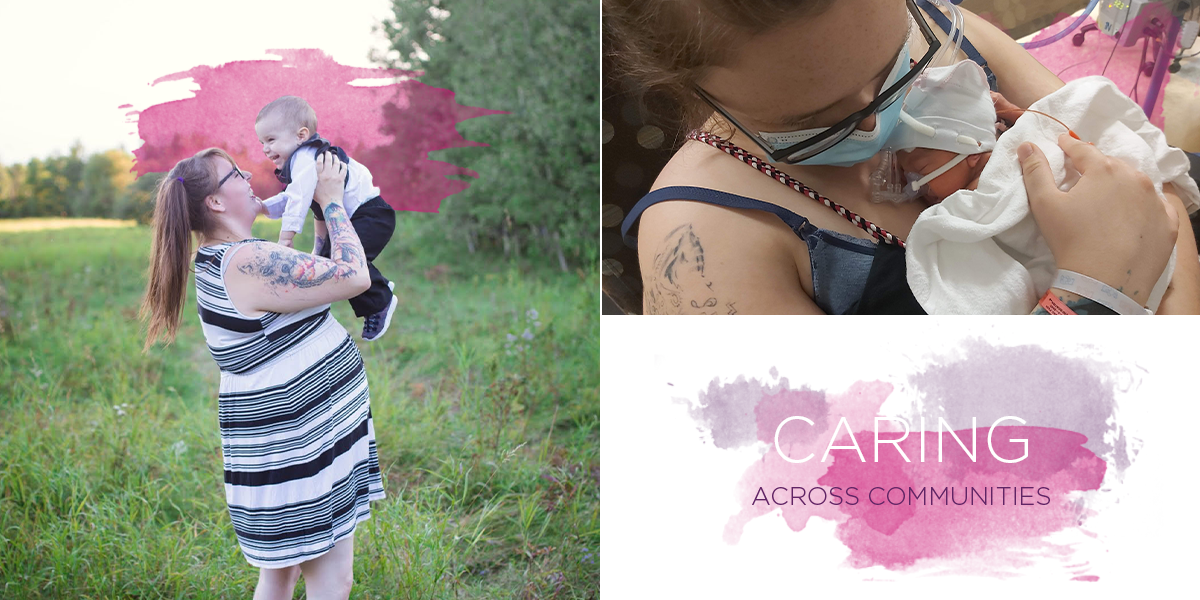
Being away from your family while expecting a child is heart-breaking. Lois Hole Hospital for Women patient Sydney Borle-Judd shares how the purchase of an Obix Perinatal Data System will change care for patients like her in the future.
WHEN SYDNEY BORLE-JUDD’S WATER BROKE AT 28 WEEKS, the Grande Prairie resident was flown to Edmonton’s Lois Hole Hospital for Women—the only hospital in central or northern Alberta able to provide care for women delivering premature babies (those less than 32 weeks).
Sydney was in the hospital for two and half weeks when doctors detected an infection in her amniotic fluid and determined she needed an emergency C-section. While she appreciated the care she was given, the fact she was far from home and her entire family affected her mental health. “That was the toughest thing, not having that support from my family,” she said.
To further help patients like Sydney in the future, the Royal Alexandra Hospital Foundation currently is raising funds to purchase an Obix Perinatal Data System—software that can connect it with systems at health facilities in smaller urban and rural communities. The Obix system will allow fetal monitoring to be done remotely and can centralize an expectant mother’s medical documentation. That means doctors in smaller communities and specialists at Lois Hole will be able to monitor babies and view patients’ medical documentation on a shared screen at the same time.
“The Obix system allows for real-time decision making,” said Tracee Pratt, Executive Director of the Lois Hole Hospital for Women, adding that it also lets one cohesive care team in separate locations make split-second decisions when those seconds count the most.
For Sydney, who ended up spending more than a month and half away from home, an Obix system could have allowed her to receive the same excellent care she received, but without being away from her family. And that, she said, “would have been awesome.”
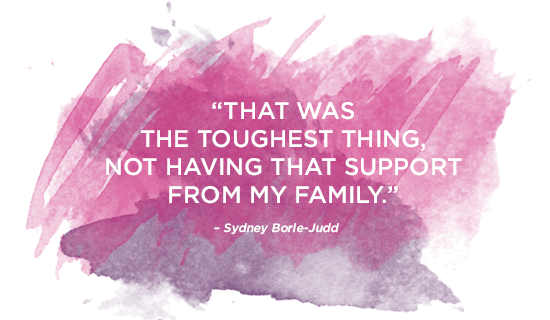

Lois Hole Hospital Women’s Society members and representatives from the Society’s community partner Alberta Blue Cross, stand proud after the successful relaunch of the Society’s community-focused and inclusive lecture series What the Health: Mind and Body Talks. (Left to Right) Amber Blaszkiewicz, Melanie Nakatsui, Courtney Rozendaal, Ashley Bolduc, Rebecca Smillie Nedelec (Alberta Blue Cross), Dianne Balon, Rin Lawrence (Alberta Blue Cross), and Krista Ference.
WOMEN’S HEALTH ISSUES AFFECT HALF THE POPULATION, but subjects such as infertility often are considered taboo. That’s why Alberta Blue Cross (ABC) and the Lois Hole Hospital Women’s Society (LHHWS) created What the Health: Mind and Body Talks, a community-focused and inclusive lecture series that isn’t afraid to bring these issues to light.
The series, now in its third season, covers topics that range from sexual health to osteoporosis to menstruation and more, featuring researchers, doctors and patients alike as its speakers.
“What the Health is about making information accessible and engaging, and it’s a safe space to talk about taboo health issues,” said ABC’s Rebecca Smillie, who oversees funding distribution for the series. Smillie describes a recent talk about bone health for which one woman with osteoporosis drove four hours to attend. There’s an appetite for this content, she said, and since COVID-19 pushed the events online, attendance has only increased: “We want women to engage with their health, and this partnership provides the tools for that.”
ABC has supported the Royal Alexandra Hospital Foundation (RAHF) on countless campaigns in the past, so partnering on What the Health came naturally. Through the Alberta Blue Cross Benefits Corporation Foundation, ABC provides $5,600 per season.
“Without ABC, we wouldn’t be able to put on these inclusive lectures,” said Amber Blaszkiewicz, a development officer and liaison between the Royal Alexandra Hospital Foundation and the LHHWS. “The more women we get involved, the more we can make a difference in the future of women’s health. Together we are breaking taboos and provoking discussions — thank you Alberta Blue Cross.”
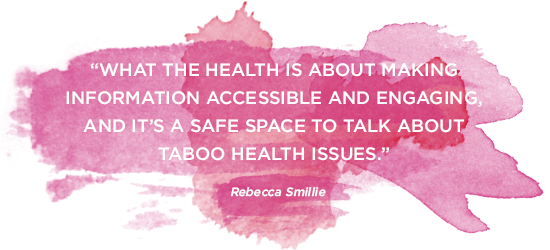
CK HUI HEART CENTER
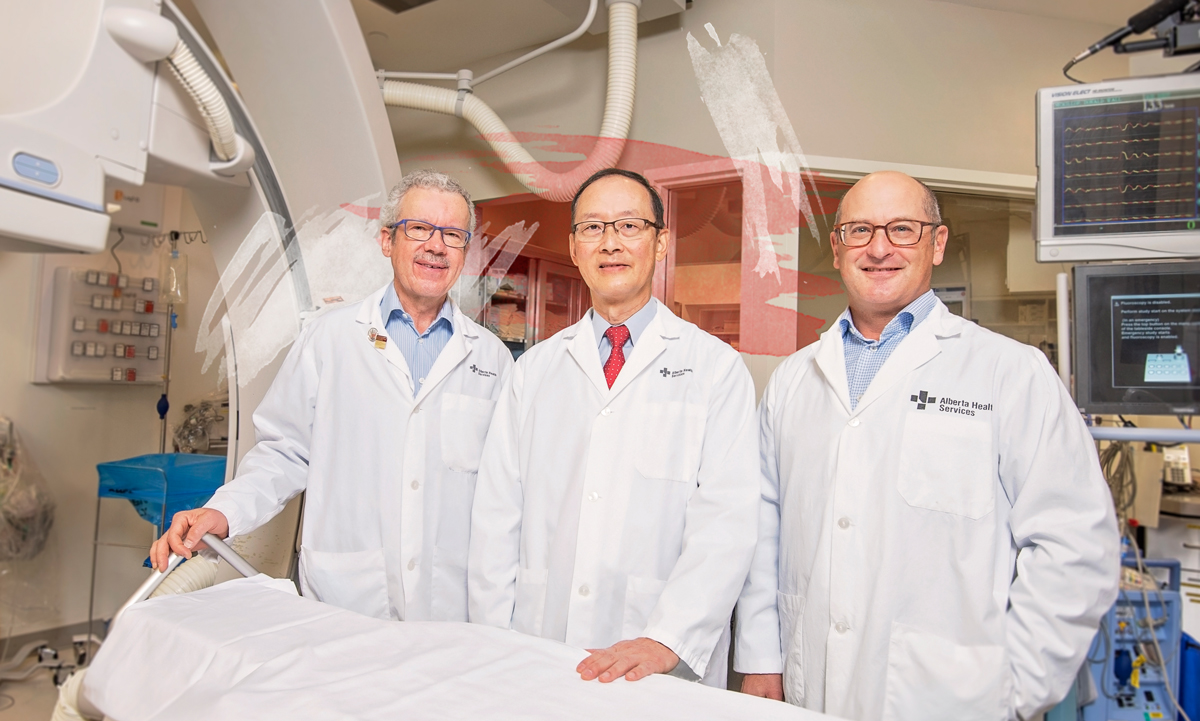
Past Chiefs of Cardiology Dr. Randy Williams and Dr. William Hui, along with current Chief Dr. Neil Brass reflect on the long-standing history of excellence in heart health care at the Royal Alex and the CK Hui Heart Centre.
A Decade of Health Leadership
-
Dr. Hui

Dr. Hui
How did care at the CK Hui Heart Centre evolve during your time as chief?
I think we’ve seen excellent progress from the point of view of patient care. We’ve taken steps to make sure we stay at the forefront. We access and adopt new knowledge and new techniques as they come along and decide to utilise them in our practice after we have had a chance to look at the information and all the results that we have seen from these new techniques.I think the most important thing is I, first of all, made sure we had top recruitment of cardiologists that have speciality areas of cardiology. I believe we have an outstanding teaching program for residents and fellows. We have many cardiologists who come to us from outside of Canada: Hong Kong, the U.K., we also have cardiologists from Africa.
What are you most proud of during your time as chief?
I was able to lead the program in a way that we’ve had consistent expansion and adoption in our activities in terms of our recruitment that allowed us to bring in cardiologists trained in newer techniques. Through our activities of looking after cardiac patients that may be quite complex, we also managed to develop our skills and knowledge of cardiology and share our experience of how we take care of patients in a lot of scientific presentations and national and international meetings and medical journals.What difference have donors made? How important are they?
Donors are always important. One aspect is that it reinforces our perception that we must be doing a reasonably good job with patients before donors would be donating money and resources to support our program. It is evident by the donor support we see that our service is appreciated. Grateful patients are always the most consistent donors. -
Dr. Williams

Dr. Williams
How did care at the CK Hui Heart Centre evolve during your time as chief?
For the past ten years since heart care was consolidated and opened as the CK Hui Heart Centre, we’ve continued our strong program of cardiac innovation. We developed:- more advanced angioplasty and stenting techniques,
- a robust cardiac resynchronization program for putting pacemakers in heart failure patients,
- the TAVI program—transcatheter aortic valve replacement,
- a formalized echocardiogram reporting program capable of generating detailed echo reports instead of just a simple dictation.
We also established stronger cross-departmental relationships by holding regular meetings where the cardiologists, surgeons, and one of the radiologists would all meet and go over the films to decide on patient care plans. This multi-department approach allows for the best possible patient treatment plans and outcomes for our surgical cases.
What are you most proud of during your time as chief?
During my time, the health zones across the province began to operate much more cohesively, meaning higher levels of efficiency and effectiveness in care. It was through collaboration and more effective communication that we improved heart care across the province.What difference have donors made? How important are they?
The foundation and their donors have been instrumental in the incremental improvements we’ve made for patients. For example, we have now a handheld ultrasound in all the major areas of our program. Donors were also instrumental in getting the TAVI program up and running. Indeed, the donors and the foundation have always been available when we’ve felt we have needed to progress rapidly in innovation. I am forever grateful for their continued support. -
Dr. Brass

Dr. Brass
How did care at the CK Hui Heart Centre evolve during your time as chief?
Like most things, there’s a slow progression. Evolutionary, not revolutionary, I like to say. A decade ago, we saw the consolidation and relocation of the cardiology program into our new space in the Robbins Pavilion at the Royal Alex. Having everything on one floor rather than mixed up in different areas facilitated communication, collaboration, and improved spirits among the staff and the physicians, all of which has continued throughout the years that we’ve been open.
We’ve also been able to stay up technically and procedurally with all the cutting-edge devices in our cath lab, including:- the use of Optical Coherence Tomography, a diagnostic procedure used during cardiac catheterization,
- special intravascular imaging,
- intravascular ultrasound,
- and Impella, a circulatory support device.
We also created a dedicated training program for the treatment of chronic total occlusions, which are complete obstructions of a coronary artery.
Two of our members were integral in the creation and are co-leading in the city, the development of the training program in interventional cardiology; a fellowship program recognized by the Royal College of Medicine. It’s a collaborative program, and we have trainees that go between the two major cardiac care sites in the city.
Another immense source of pride is the development of the Maternal Heart Health Program, by one of our colleagues, Dr. Nazneem Wahab, that cares for patients facing high-risk pregnancies due to cardiac issues.
Our work has also expanded beyond the hospital walls through programs like the Multicultural Heart Health Program started by Dr. Hui, Dr. Cheung and Dr. Sharma that has provided significant exposure directly to cardiac information and care to large ethnic populations in the city who are at a higher risk for cardiac issues.
And, most recently, Dr. Cheung and Dr. Tyrrell have developed the Indigenous Heart Health Program. Through donor support, they have been travelling to Indigenous communities providing remote cardiac monitoring and assessment to Indigenous people allowing for ease of access.What are you most proud of during your time as chief?
Our cath lab is well recognized every year by the Canadian Institute for Health Information, and our outcomes are among the best in the country for angioplasty. Dr. Chan initiated something called the cooling protocol in our hospital, which is for patients suffering from cardiac arrest, drastically increasing positive outcomes.Dr. Ranjbar has been developing a form of an artificial valve as well and was a presenter at one of the international heart symposiums last year for his work.
There are just so many things to list!
What difference have donors made? How important are they?
Donors are hugely important. Many years of a rapidly changing healthcare landscape has led to the reliance on donor support. Multiple departments at the Alex need donor support to operate, but in particular ours, due to cardiology being a highly technology-driven area. Many of the things I mentioned above were only made possible through donor support. Donors are an integral part of how we provide the care we do—they’re indispensable!
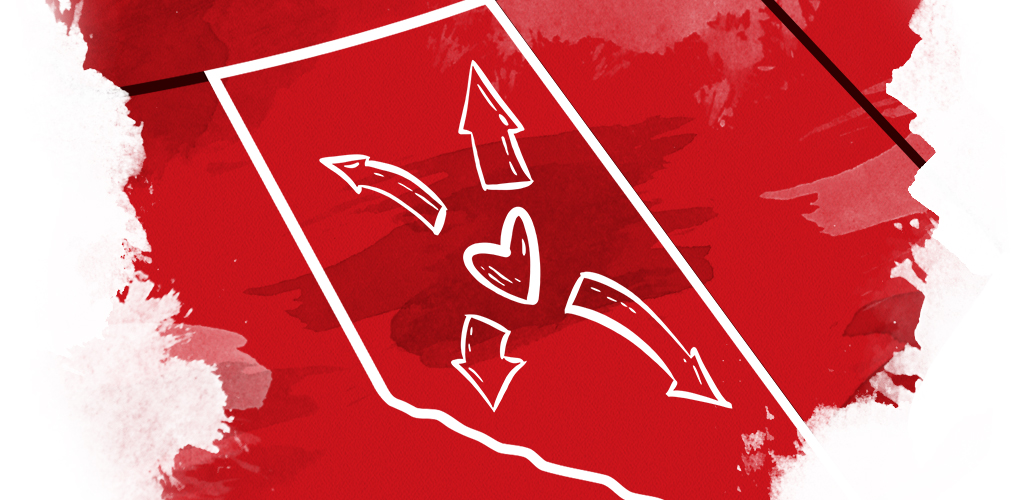
THANKS TO THE GLOBAL PANDEMIC, 2020 required most people to learn how to conduct business remotely, but for the CK Hui Heart Centre, working remotely is nothing new. For the past four years, the centre has brought remote cardiac monitoring to nearly 800 patients with either an implantable pacemaker or cardiac defibrillator.
“Remote monitoring is about being responsive to Albertans and giving them treatment and monitoring when they need it, where they need it,” said Michael Powell, a patient care manager at the CK Hui Heart Centre. With remote monitoring, he said, a patient with an irregular heartbeat doesn’t have to wait for a far-off appointment. Without sacrificing the highest quality treatment this remote care eliminates some of the personal expenses of a typical hospital visit such as booking time off work, driving, potentially, for hours, paying for parking and any other related costs.
Remote monitoring is a simple idea with significant upside. Data travels from the patient’s cardiac device via WiFi to an interrogator device at the CK Hui Heart Centre in Edmonton. There, nurses and physicians can check the battery life, read data and adjust treatments from afar. An irregular heartbeat, for example, automatically generates a transmission of data from the patient’s device and alerts the centre. “It’s about providing care with minimal interruption to patients’ lives,” Powell said. “It’s patient-centric care that also keeps patients within the safety of their own home during this pandemic. A win-win!”
Remote monitoring is a lifesaver for patients, especially those on a budget. It also saves another precious commodity: time with loved ones, because less time worrying about your heart, means more time using it.
EYE INSTITUTE OF ALBERTA
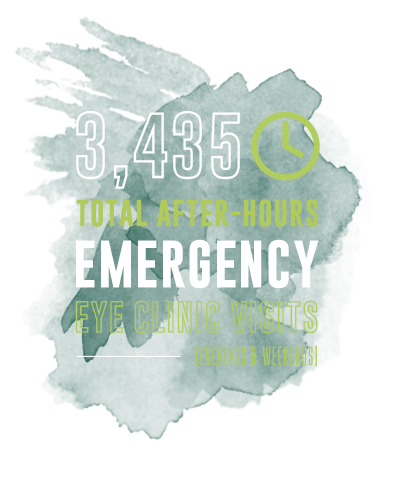
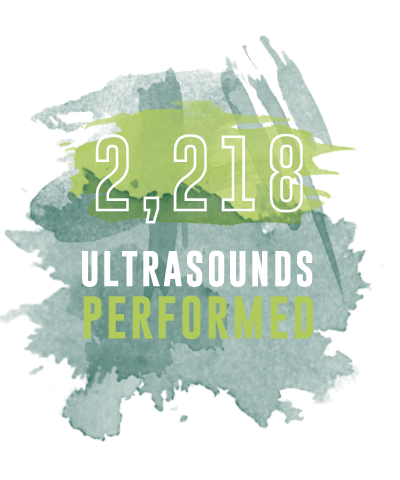
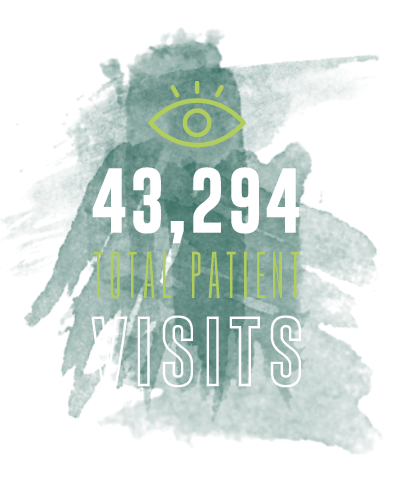
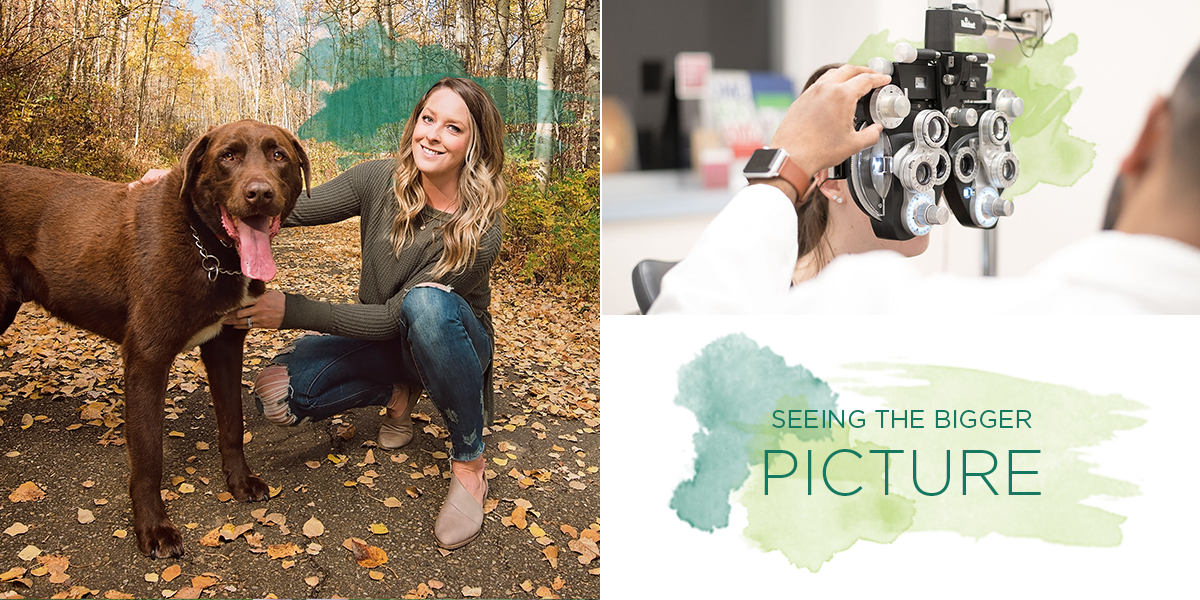
Inspired by the care she received, Eye Institute of Alberta patient Arielle Farkash chose to help other patients like her in the future.
ARIELLE FARKASH, a nurse from Vermilion, Alberta, was 29 when she started noticing something strange about her vision. Although her acuity was perfect, at times, she would get dizzy looking at textured surfaces and felt like she was peering through goggles. “I had no issues reading, so I would explain it away, saying maybe my blood sugar was low,” she said.
Arielle had her eyes examined, and a technician noticed a growth in her right eye. A referral to the Eye Institute of Alberta led to the confirmation of a cigarette-butt-sized melanoma. Arielle faced a choice: have her eye removed or try an invasive treatment called “brachytherapy,” a form of internal radiation in which a small radioactive metal plaque is sewn to the eye. She chose the latter option and went into surgery just three weeks after her diagnosis.
Since the surgery, Arielle has worked closely with her oncologist at the Eye Institute going through rigorous rounds of eye drops and even eye injections to deal with specific side effects. Many patients lose their colour vision or peripheral vision during this treatment, but Arielle, luckily, has maintained her perfect eyesight, and the tumour is shrinking.
Throughout the process, Arielle kept thinking about those less fortunate—especially elderly patients without support systems—going through similar struggles. Arielle needed to have a specific type of photos taken of her eye before her brachytherapy, with the only available camera capable of doing the job—a Clarus 700—in Calgary. “Making the over four-hour drive there was fine for us, but I often run into people through my work in health care who wouldn’t have the means to travel that far,” she said.
A year after her diagnosis, Arielle volunteered to help the Eye Institute raise money to bring a Clarus 700 to Edmonton—a cost of roughly $150,000. She became the face of the campaign, sharing her story with media outlets. Eventually, with thanks to the Lions Club of Canada, which agreed to match donations, the Eye Institute was able to buy a Clarus 700 earlier this year.
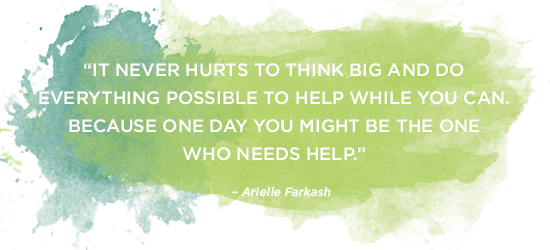
BOARD OF DIRECTORS
2019-2020
As advocates for the Royal Alexandra Hospital, the Royal Alexandra Hospital Foundation’s volunteer Board of Directors engages the community in meaningful philanthropy that will support priority needs of the hospital, new research and advancements in care, and improve the lives of our patients and their families.
1. Dr. Zaheer Lakhani, CM, FRCP
Chair
2. Brian Tod, QC
Past Chair
3. John Cameron
4. Diane Kyle-Buchanan
5. George Coon, FCPA, FCMA, ICD.D, CFP
6. Kimberly King
7. David S. Tam, BScPharm, LLB
8. Liza J. Wold
9. Krista Ference
10. Mez Irani
11. Paul Lanni, FCPA, FCA
12. Paavo Montandon, BA, CIP, CRM
13. Alain Moore
14. Dr. Bill Anderson, MD, FRCP(C), FCAR
15. Dan Lefaivre, FCPA, FCMA, ICD.D
16. Dianne Balon
17. Sandra Hawes, B.Sc., LLB
18. Dr. Rustom Appoo, D.MD
19. Carlie Persson, CPA, CA
ROYAL ALEXANDRA HOSPITAL FOUNDATION STAFF:
20. Andrew Otway, MBA, CFRE
Past President & CEO, Royal Alexandra Hospital Foundation
1997-2020
21. Sharlene Rutherford, BPA, MBA
Current President & CEO, Royal Alexandra Hospital Foundation
2020-Present
PATRONS
22. Dale Sheard
Patron
23. Mary Jo Robbins
Patron
24. William K. Robbins
Patron
ROYAL ALEXANDRA HOSPITAL REPRESENTATIVES
25. Dr. Curtis Johnston, MD, FRCP(C)
Associate Zone Medical Director,
RAH & SCH Co-Facility Medical Director, RAH
26. Judith Hockney, BN, MN, RAH, SCH
Senior Operating Officer
INCOME STATEMENT & FUND BALANCES
EXTRACTED FROM
THE ANNUAL AUDITED
FINANCIAL STATEMENTS
INCOME STATEMENT
Extract from the annual audited financial statements
To make a donation or
for more information, please visit:
![]()
780 735 4723

The Royal Alexandra Hospital Foundation is accredited by Imagine Canada for excellence and compliance in five key areas of operations: Board Governance, Financial Accountability and Transparency. Fundraising, Staff Management, and Volunteer Involvement.
Canadian Charitable Registration Number:
11912 6217 RR0001
